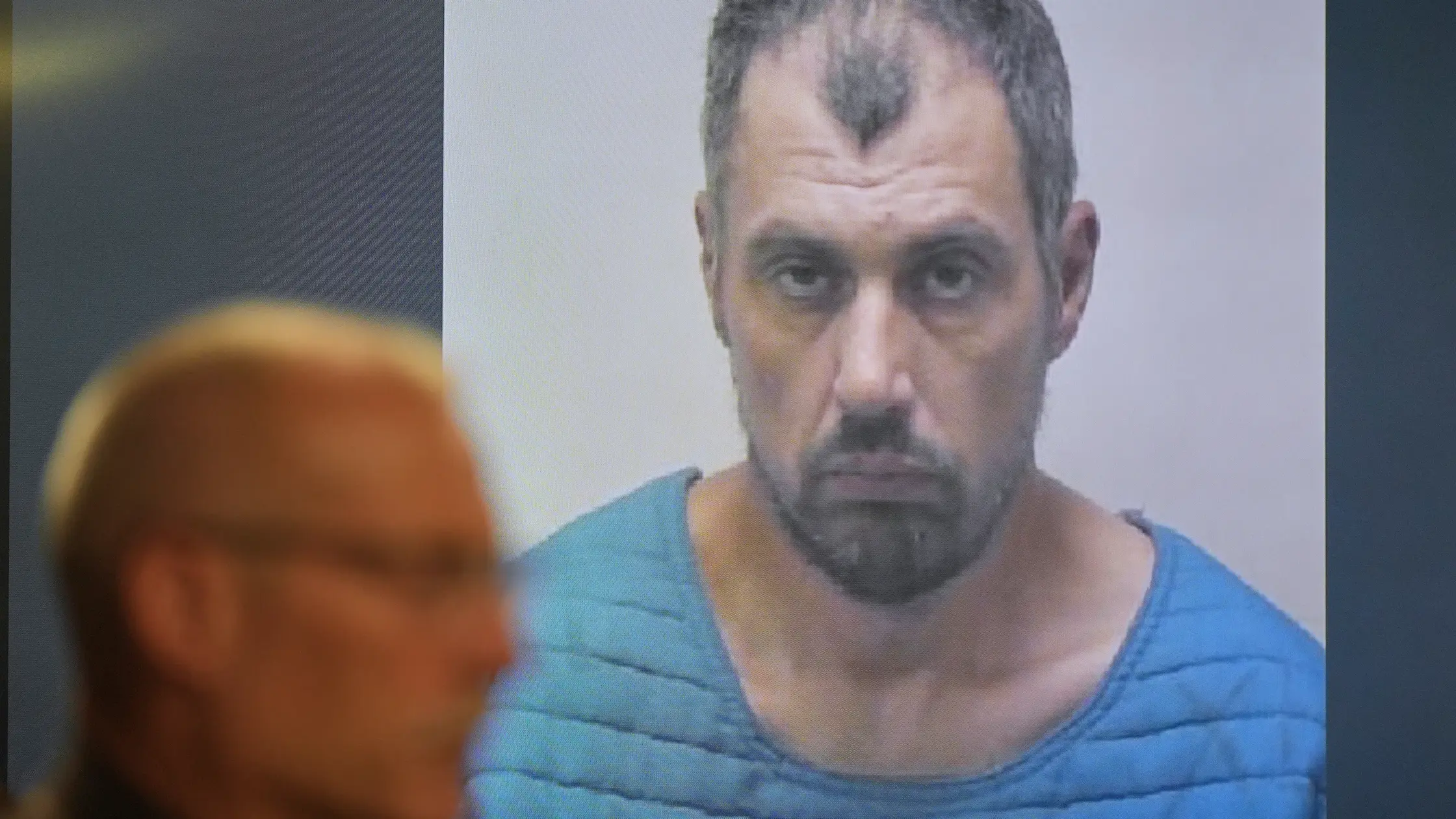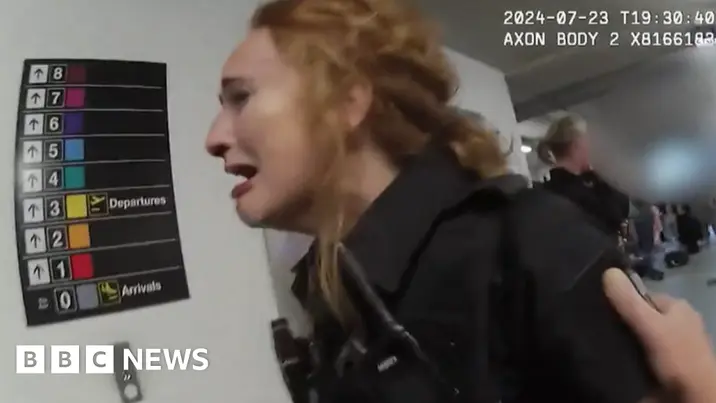T4K3.news
Manchester Arena bomb plotter charged with prison officers attack
Hashem Abedi faces five charges including three counts of attempted murder of prison officers after an incident at HMP Frankland on 11 April.

Hashem Abedi faces five charges including three counts of attempted murder of prison officers following an incident at a high security jail.
Manchester Arena bomb plotter charged after prison officers attack
Hashem Abedi, who helped plan the 2017 Manchester Arena bombing, has been charged with attempting to murder three prison officers and assaulting a fourth, along with unauthorised possession of a knife. The incident occurred at HMP Frankland on 11 April while Abedi was housed in a separation unit. He has since been moved to a different prison and is due to appear at Westminster Magistrates' Court on 18 September.
The charges highlight how the criminal-justice system manages violence inside custody and the ongoing risk posed by high‑risk inmates after major terrorist offences. They also shed light on the challenges faced by prison staff and the routines used to maintain safety in secure facilities.
Key Takeaways
"Hashem Abedi is due to appear at Westminster Magistrates' Court on 18 September"
Factual update on the court date
"This case tests how prisons handle high risk inmates after a major terror attack"
Editorial assessment of system capacity
"The charges send a clear signal that violence inside prisons will meet serious legal consequences"
Editorial emphasis on accountability
"Public safety depends on steady, transparent responses from authorities"
Public sentiment and policy implications
The case tests prison security and risk management for inmates connected to terrorism. It could influence how authorities monitor high‑risk prisoners, train staff, and decide when to relocate or tighten controls inside facilities. The outcome may shape policy on punishment, rehabilitation, and the handling of violence in custody.
Beyond the facts, the incident raises questions about transparency and accountability in the justice system when threats emerge behind bars. Observers will watch how prosecutors present the case and how courts balance public safety with the rights of someone serving a life sentence.
Highlights
- Security must close gaps behind high walls
- Justice tracks the case with court dates and facts
- Prison systems face limits when attackers act in custody
- Public safety demands vigilance at every layer
Security and public reaction risk in prison attack case
The case involves a high profile terrorist offender and a violent incident inside a secure prison. It raises questions about security measures, staff protection, and public confidence in the justice system, especially when handling inmates linked to terrorism.
Observers will watch how authorities translate charges into safer practices inside prisons.
Enjoyed this? Let your friends know!
Related News

Merseyside jails 66 criminals in July

Brother of stabbing suspect reveals attempts to seek mental health help

Amaaz convicted of assaulting two police officers

Huntley criticized for wearing mocking shirt in prison

Plainfield landlord convicted of murder dies in custody

Georges Abdallah freed from prison

Airport brawl defendant claims he acted in self-defense

Palestine Action ban moves to new phase
